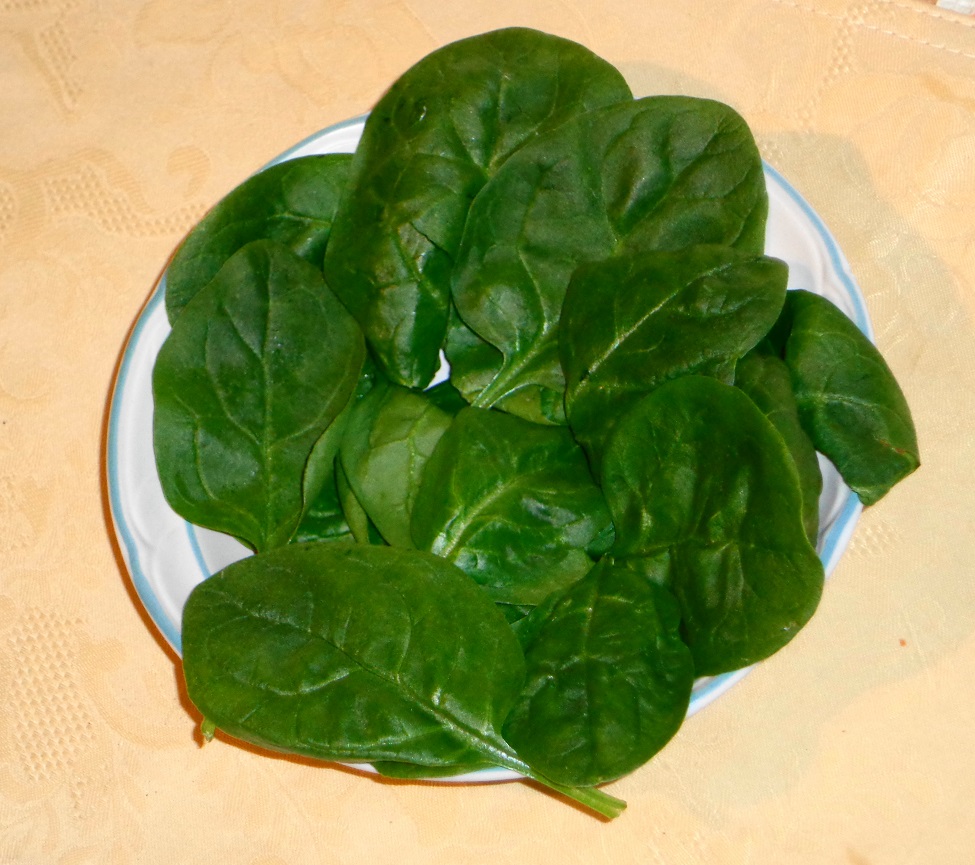 If you remember Popeye the Sailor, it seems as though he had an advantage over his adversary Bluto (later Brutus) by growing enormous muscles after he consumed a green leafy vegetable from a can recognizably known as spinach. Next to pumping up his muscles and gaining strength, he might not have been aware of the fact that he was consuming a heart-healthy food that contained anti-inflammatory properties from the nutrients of the spinach. Inflammatory conditions such as osteoporosis, arthritis, and migraines could be possibly avoided when eating spinach.
If you remember Popeye the Sailor, it seems as though he had an advantage over his adversary Bluto (later Brutus) by growing enormous muscles after he consumed a green leafy vegetable from a can recognizably known as spinach. Next to pumping up his muscles and gaining strength, he might not have been aware of the fact that he was consuming a heart-healthy food that contained anti-inflammatory properties from the nutrients of the spinach. Inflammatory conditions such as osteoporosis, arthritis, and migraines could be possibly avoided when eating spinach.
Yielding a good source of protein, spinach also contains an excellent source of vitamin A, vitamin B2, vitamin B6, vitamin C, and vitamin K. Mineral sources related to the green leafy vegetable which is high in value are iron, calcium, copper, phosphorus and zinc. It also contains selenium which is a trace mineral that is crucial to the physical body’s immune system because it works as an antioxidant to prevent free radical damage in the body. Radicals (which they are sometimes referred to as) or free radicals are the molecules within the body that are responsible for the aging and damaging of cell tissue. The antioxidants which are present in spinach contains its group of molecules that prevent free radicals from damaging cell tissue allowing it to stay healthy.
If you’re not growing it yourself, spinach can be purchased for consumption either in a can, frozen, or raw in a plastic bag or container. Spinach can be consumed either raw or cooked. Examples or ideas of it being eaten raw can be either in a salad, mixed in with a smoothie, or a topping on a hamburger or sandwich. If you decide to cook it in boiling water, it’s advisable to use as little water possible (due to the fact that spinach has a high water content) and don’t boil it too long because some of the nutrients could be lost if it is overcooked. If at all possible, try to consume organic spinach rather than the conventional spinach because most likely some conventional brands (if not most) are high in pesticides. But if you insist on consuming the conventional type, please be sure to wash it by running cold water over it. I don’t care if it comes in a plastic container or a plastic bag, please wash and rinse it before eating it!
The downside to spinach is that some people are allergic to it. The reason for this is that spinach contains a high volume of salicylates, a natural preservative within the green leafy vegetable that some individuals are allergic to. Salicylate allergies can range from headaches, wheezing, itching, skin rash or hives to severe stomach pain. It would be wise to take a cautious approach by avoiding spinach altogether if you’ve shown of suffered from any type of these symptoms.
On the positive side of things when it comes to this green leafy vegetable, the minerals in spinach such as iron for example deliver oxygen to the muscles and throughout the body. Connected to that fact is that spinach is loaded with an enormous amount of nitrates which convert to nitric oxide (NO) a molecular component that delivers oxygen to the blood which feeds the body’s muscular mitochondria promoting and improving molecular cells and muscle growth. Studies have shown that consuming at least 300 grams of spinach (3 cups/ 93 calories) for about three to four days with an intense workout will lead to massive muscle gains and better performance of cells.
